Trump says he might send in federal troops to control the rioting. Can he?


On Monday night, the venerable Macy’s flagship store on 34th Street in New York City was vandalized during protests over the murder of George Floyd.
The company had installed plywood over the entrances just two days before, but determined thieves ripped off the boards — after the 11 p.m. curfew — and went inside. Video shows the mayhem continued for quite some time until the sirens of approaching police cars are finally heard.
New York’s Governor Andrew Cuomo ripped both Mayor Bill de Blasio and the NYPD for not maintaining control during Monday’s rioting, which also spread to other parts of the city.
“I am disappointed and outraged at what happened in New York City last night,” Cuomo said at his Tuesday news conference. “The police in New York City were not effective in doing their job last night ... The mayor and the NYPD did not do their jobs. Look at the videos. It was disgusting.”
Harsh words indeed.
Disgusting? You be the judge. Here's the video:
Cuomo said the National Guard and State Police are on standby and remain ready to support the NYPD if needed.
If the city can’t do it, the state can. And if the states can’t handle the growing violence, President Trump yesterday suggested he would deploy federal troops.
“If a city or state refuses to take the actions that are necessary to defend the life and property of their residents, then I will deploy the United States military and quickly solve the problem for them,” Trump said.
But can he? Well, yes he can, if he invokes a group of statutes known as the Insurrection Act.
Under the U.S. Constitution, state governors generally have the authority to maintain order within their own state lines. The Posse Comitatus Act passed in 1878 is to limit the powers of the federal government in using federal military personnel to enforce domestic policies within the United States.
However, it can be superseded by The Insurrection Act of 1807 which gives the president the power to deploy U.S. military and National Guard troops in certain circumstances to suppress civil disorder, insurrection or rebellion.
In order to invoke the Insurrection Act, the President must issue a proclamation ordering the insurgents to immediately disperse.
Per Task and Purpose, historically, in instances where the Insurrection Act was invoked, presidents and governors have usually agreed on the need for troops.
In 2005, former President George W. Bush decided not to invoke the Insurrection Act to send active-duty troops to Louisiana in the aftermath of Hurricane Katrina in part because the state’s then-governor opposed the move.
Since the civil rights movement of the 1960s the use of the Insurrection Act has been “exceedingly rare,” according to a report by the Congressional Research Service.
It was last used in 1992, when riots were ignited after four Los Angeles police officers were acquitted in the beating of Rodney King.
A look back at a list of 19 invocations of the Insurrection Act from 1808 to 1992 shows just over half the times it was used was because of racial tensions. The remaining reasons included disputes about labor and election results.
God help us. Here we are over 200 years later, and we’re still having the same problems.




Show some respect, Nine Line Apparel. The title should read PRESIDENT Trump. Always. Period!
Leave a comment